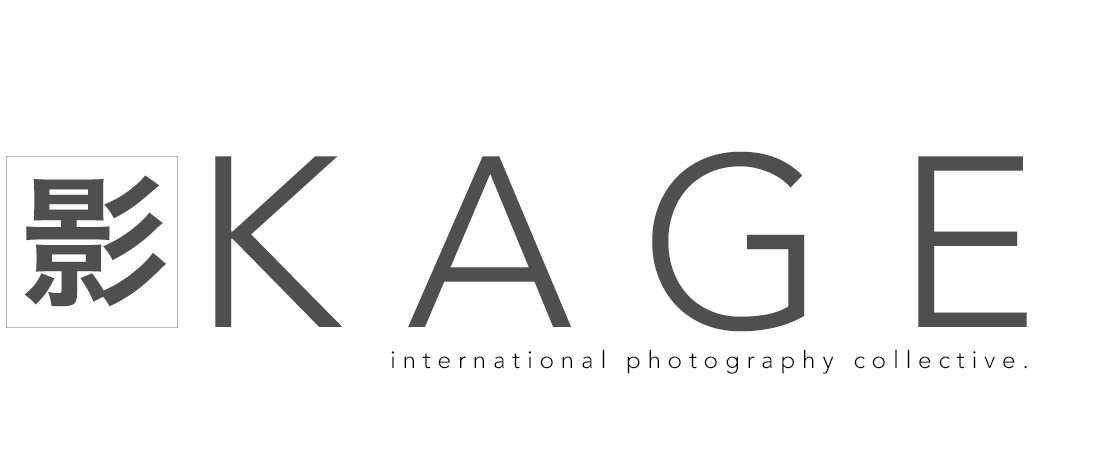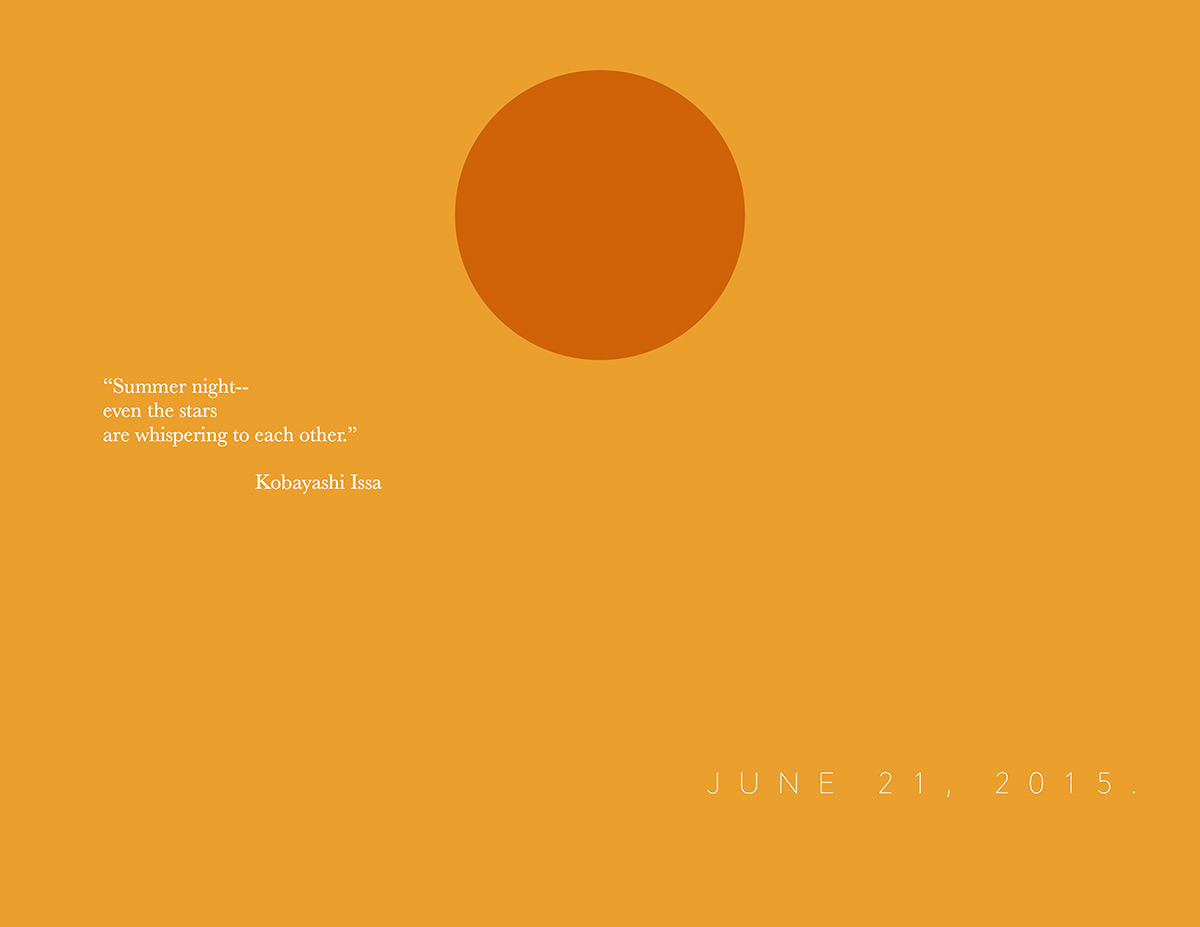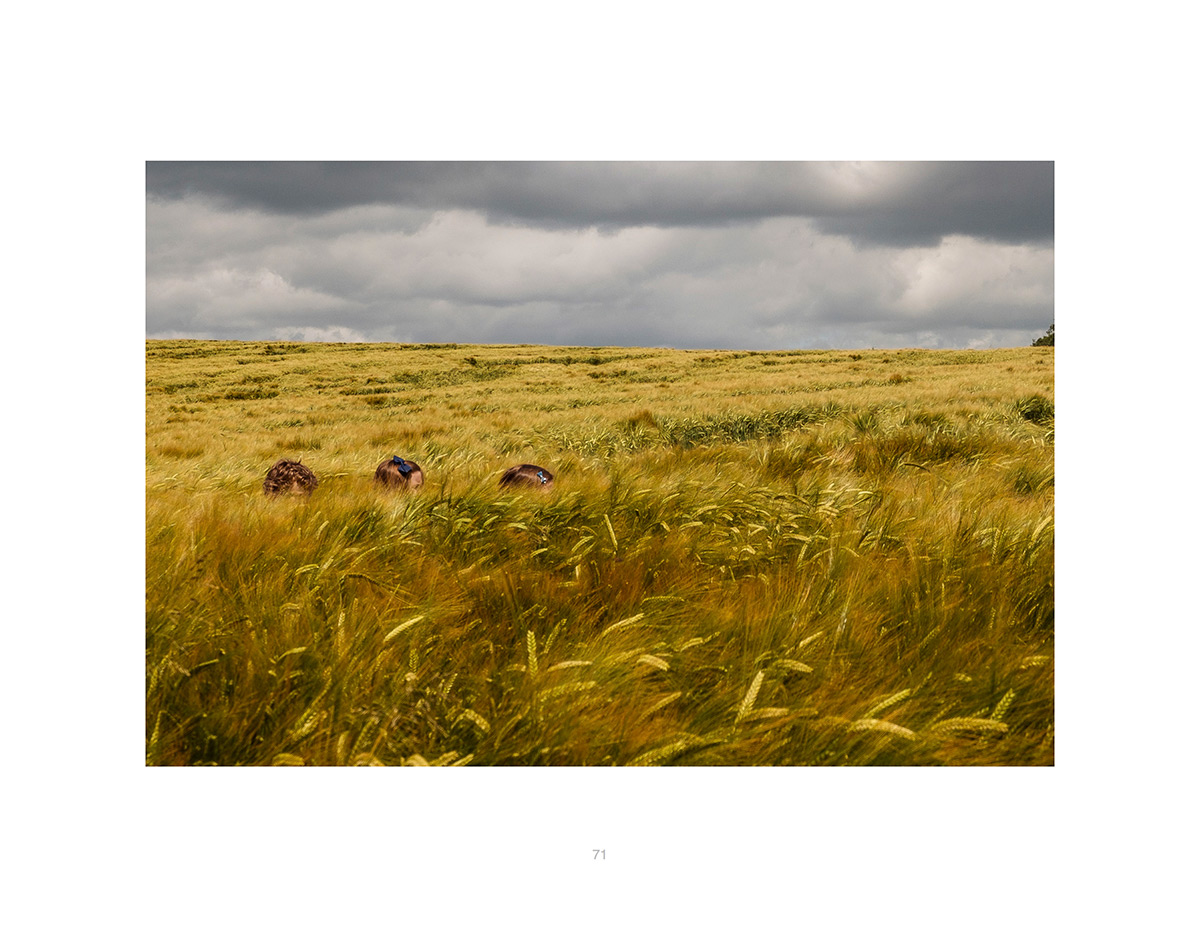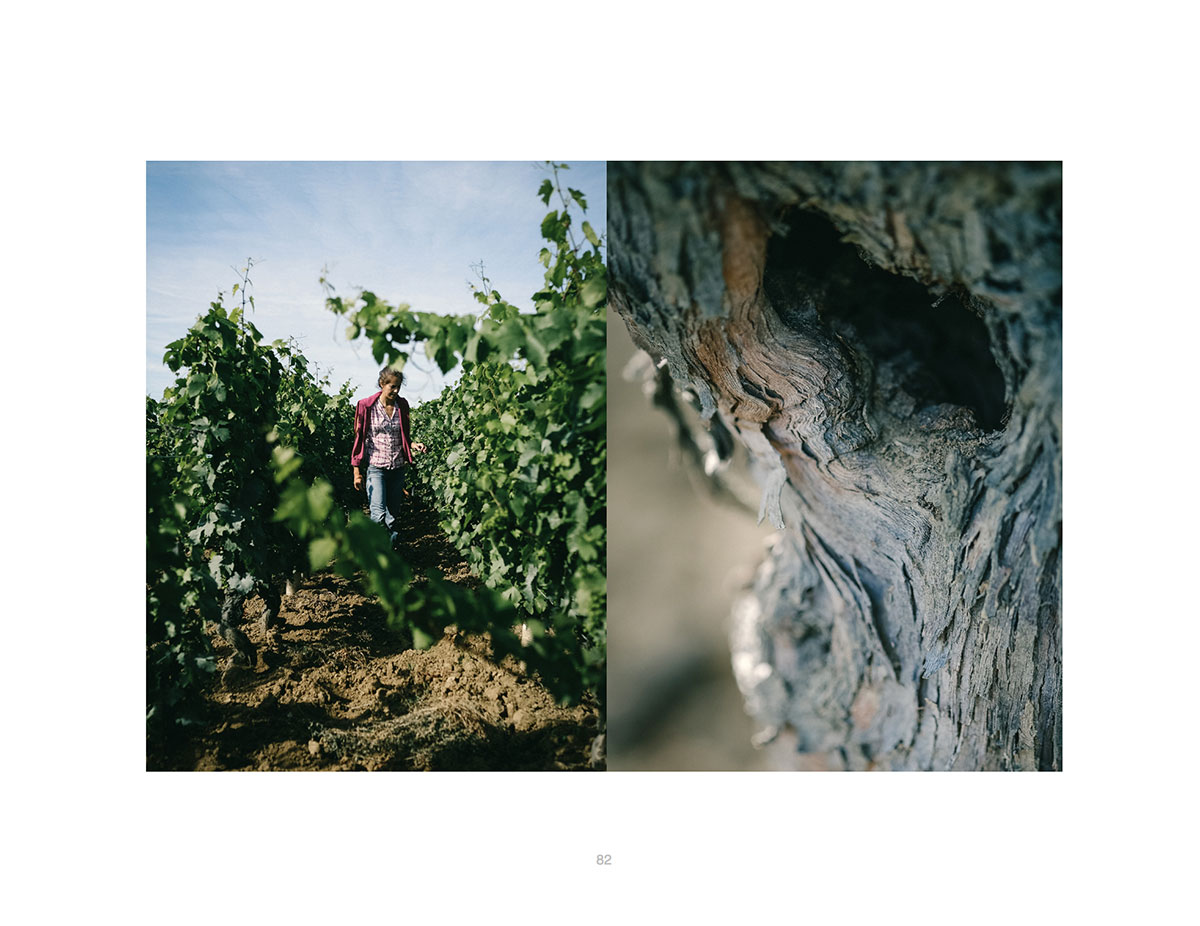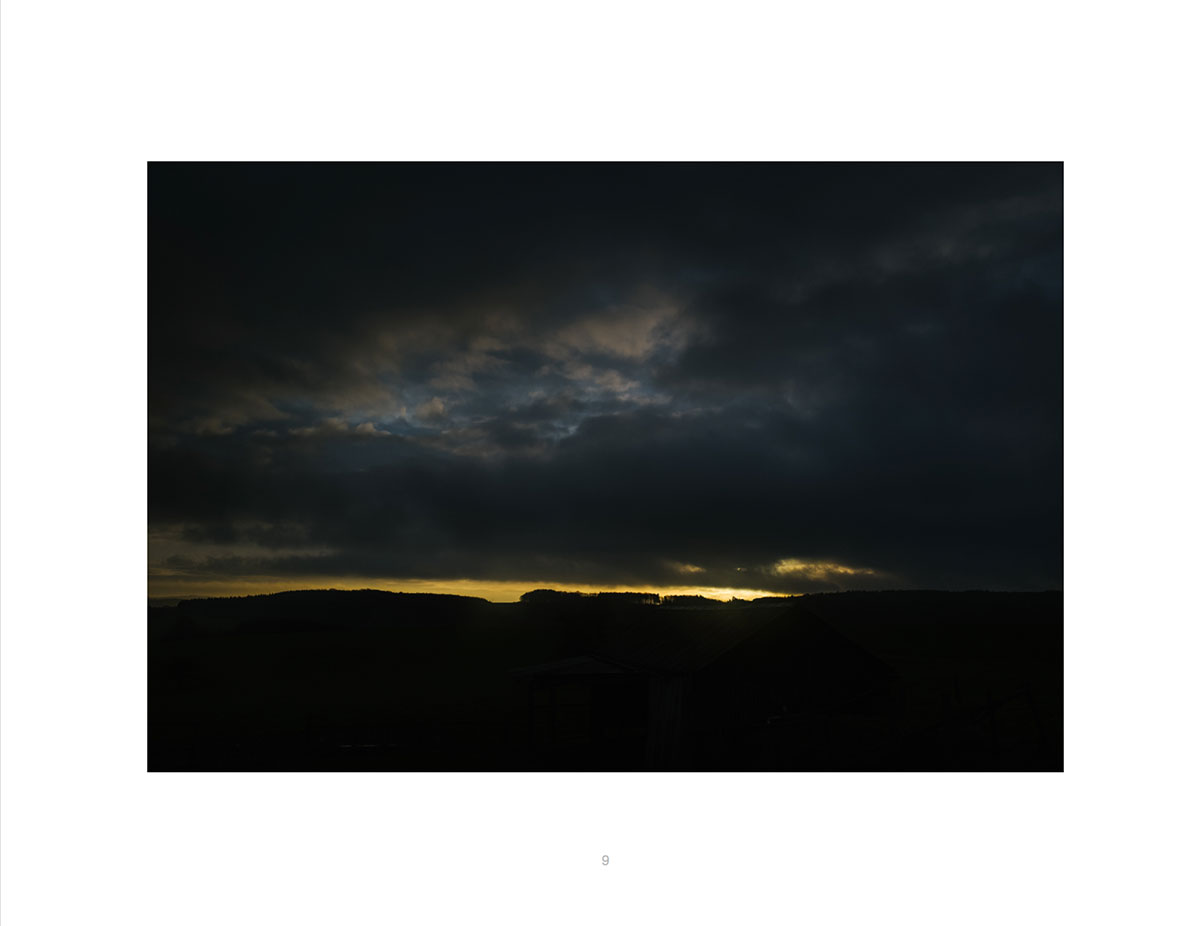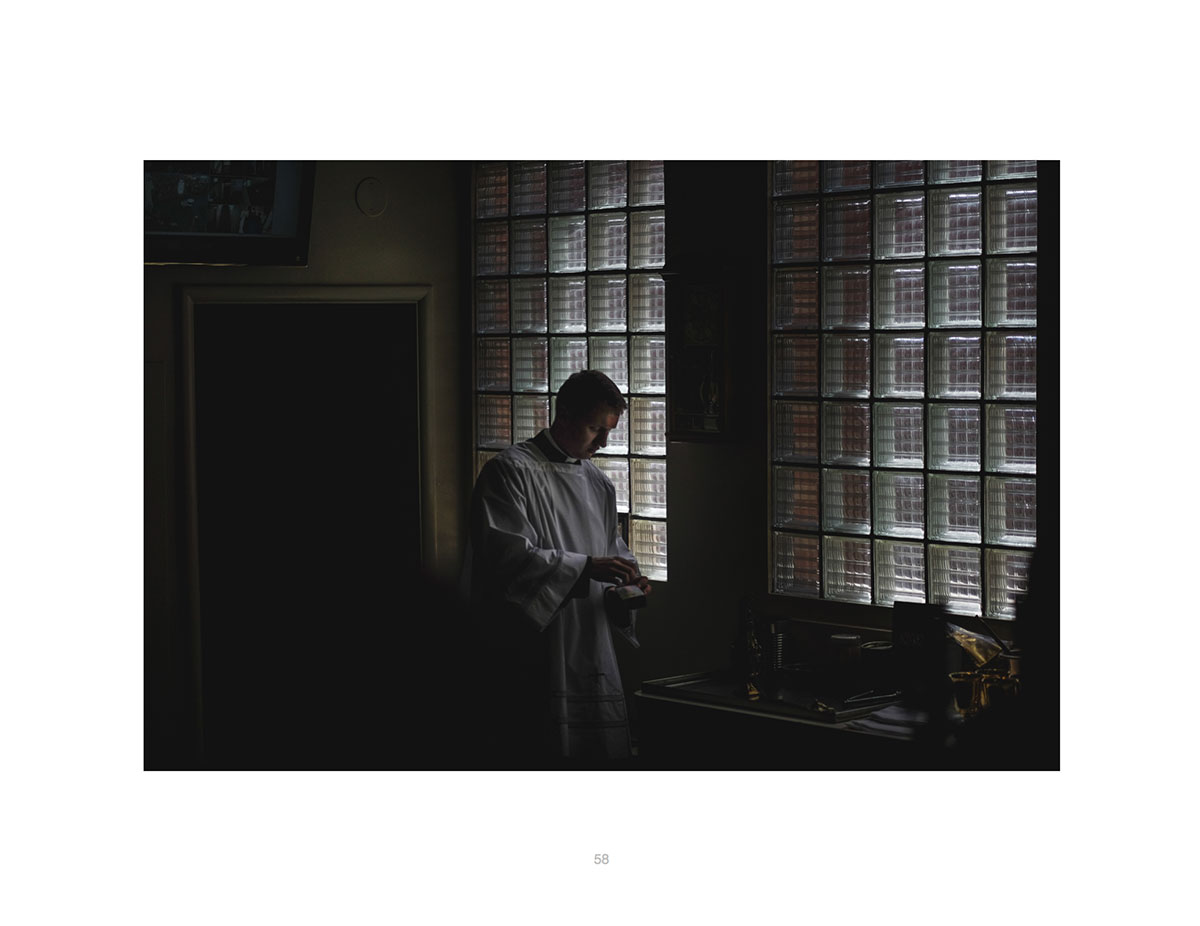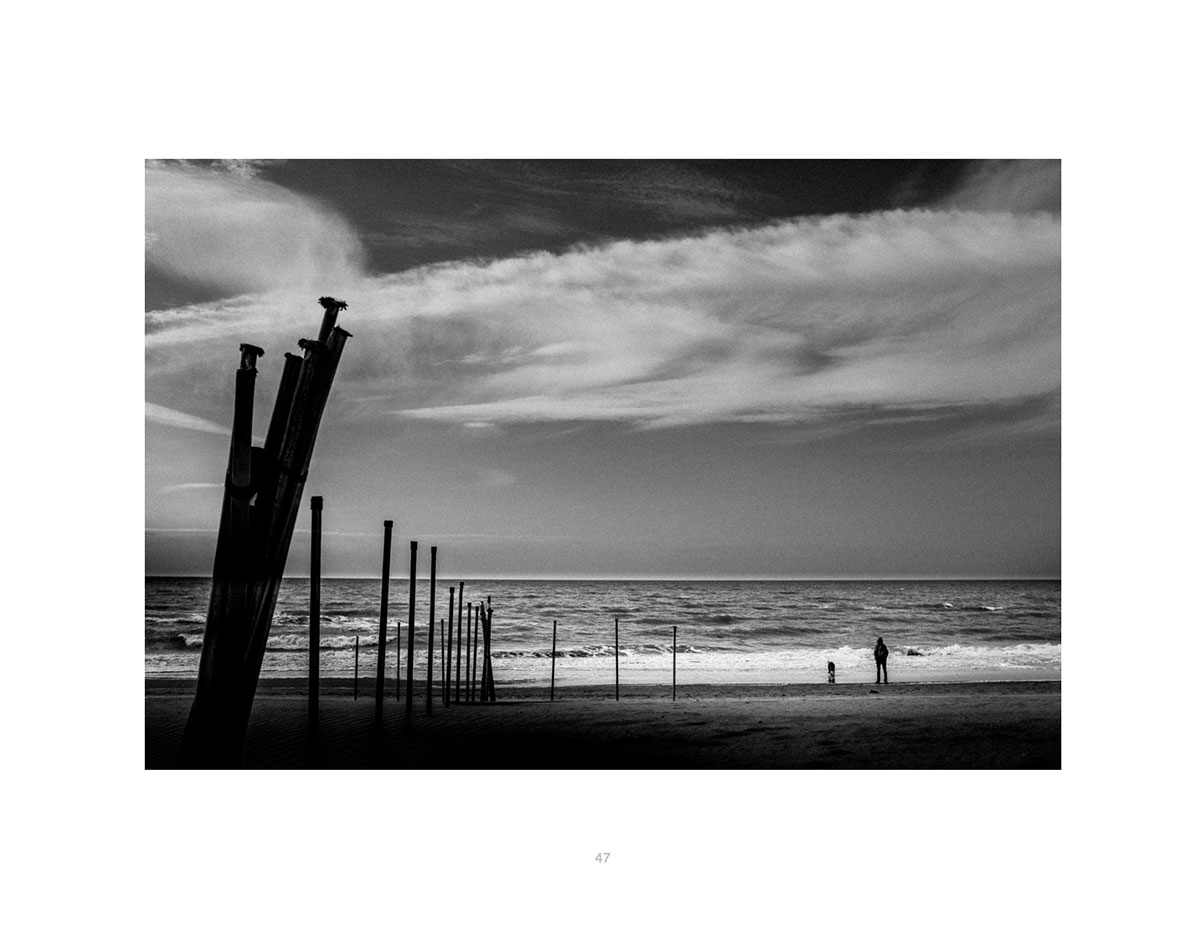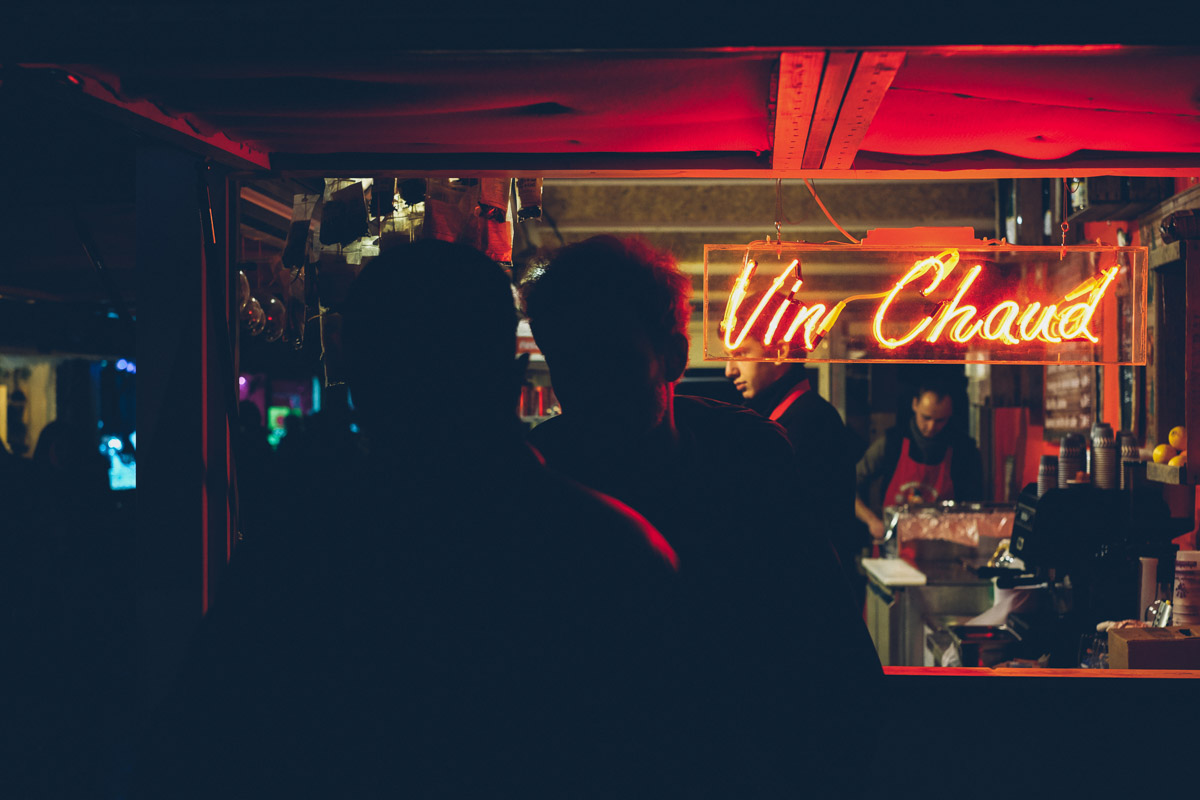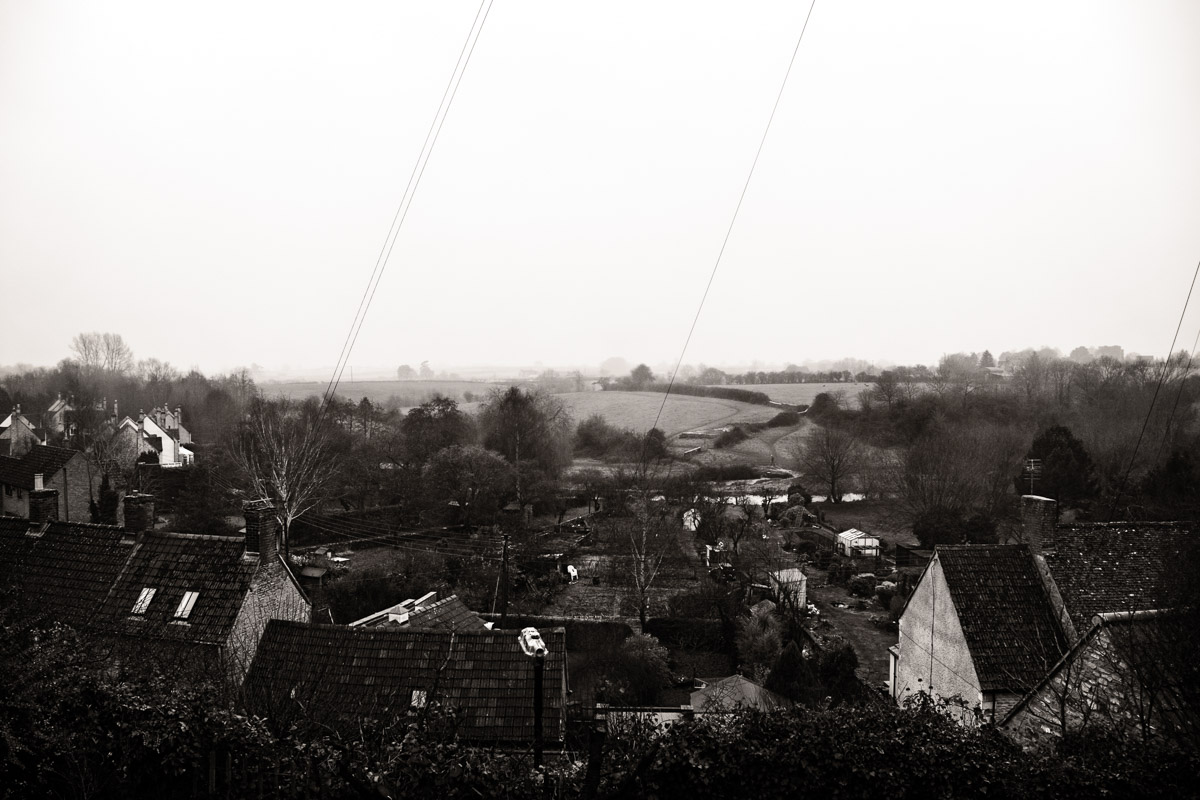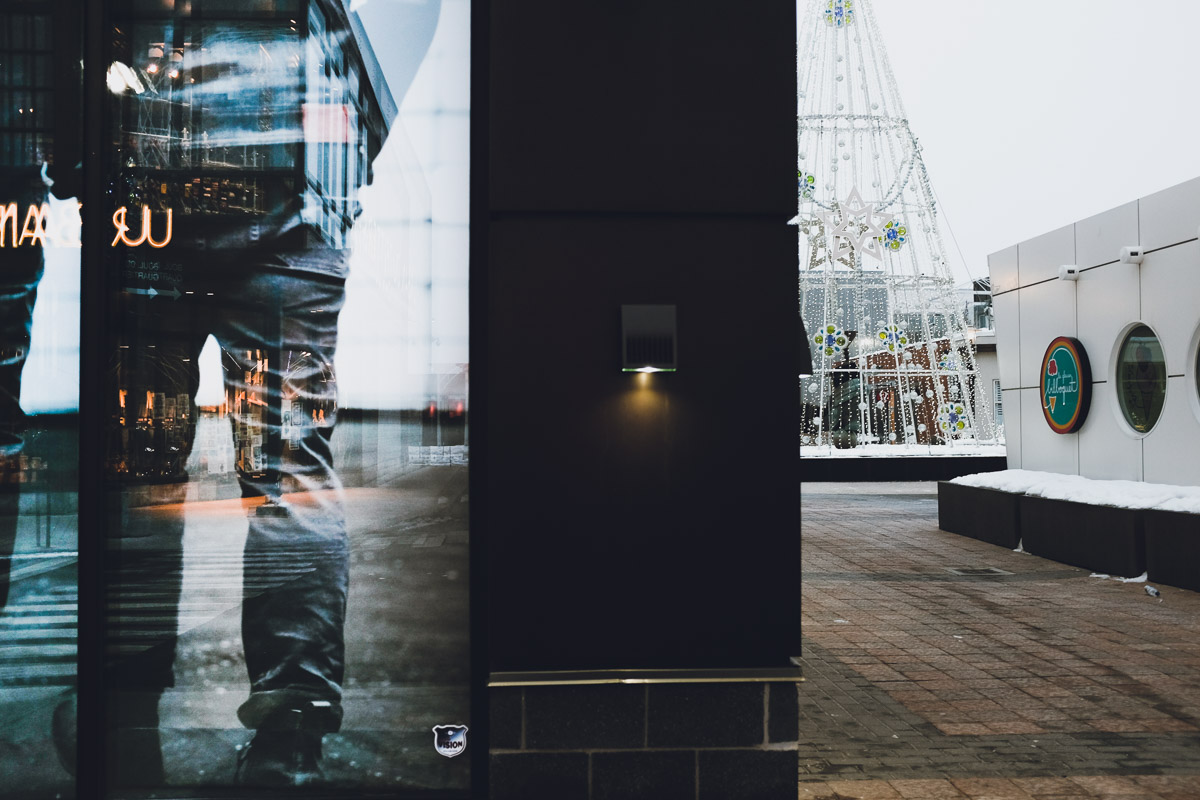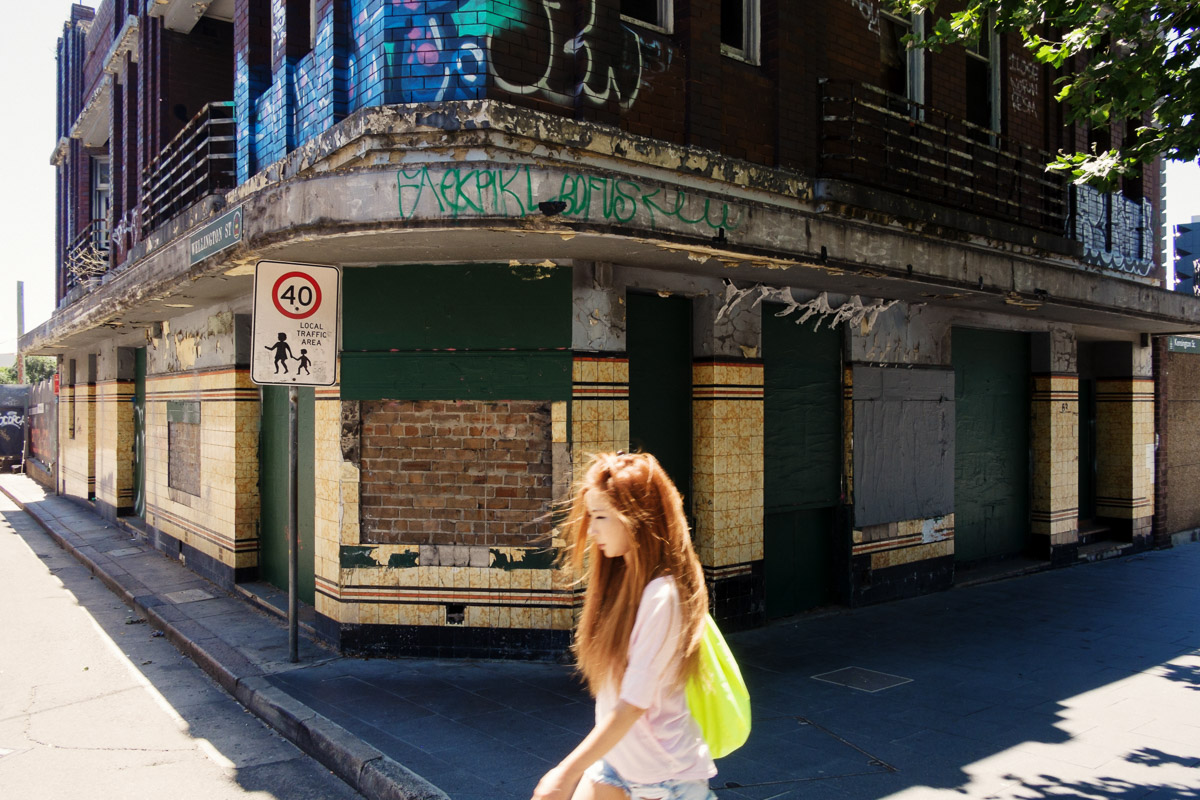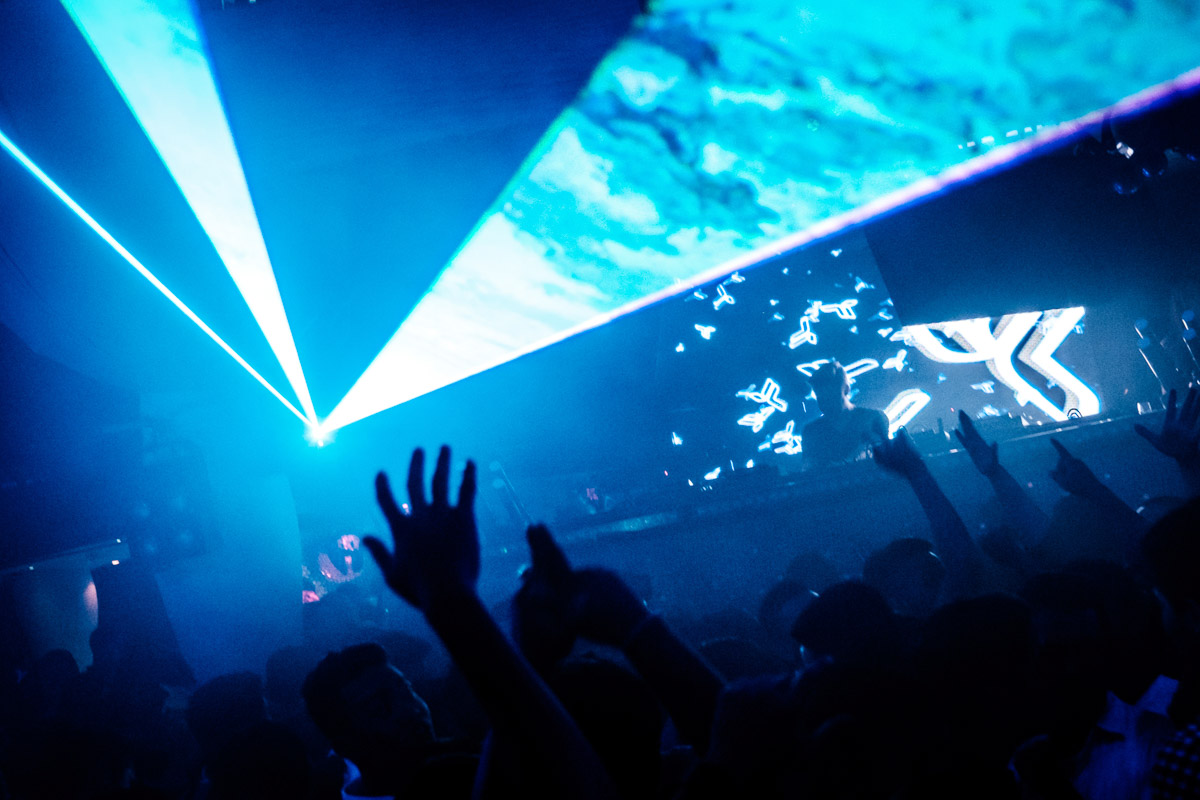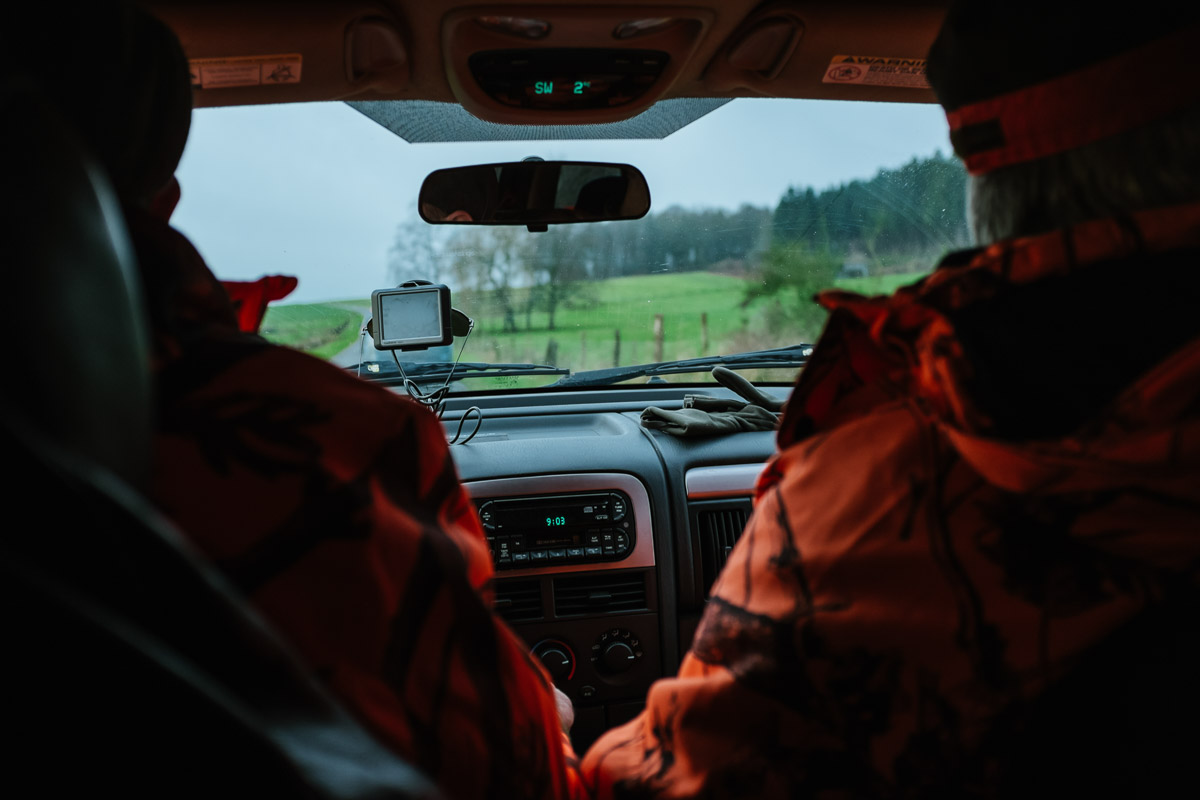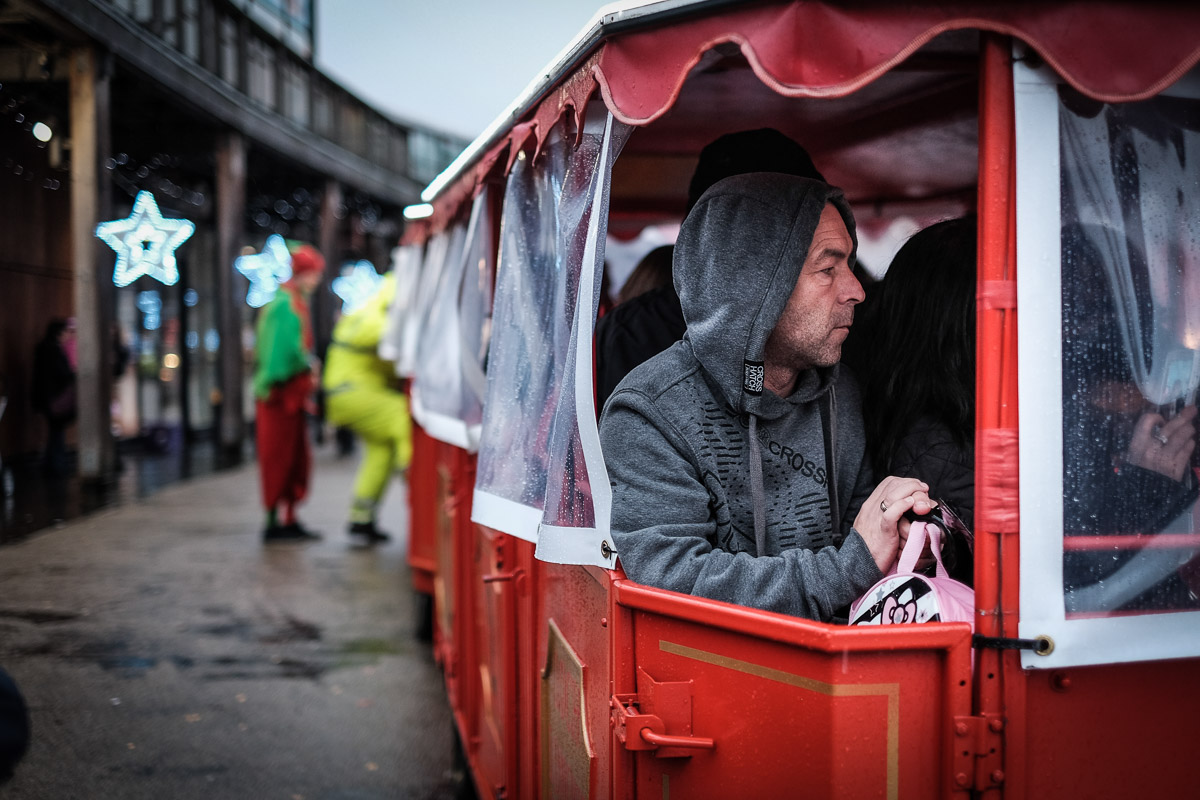Friday 25th of July 2014
We are driving further, to Aarhus the 2nd largest city in Denmark, so we are leaving earlier today. Amazingly enough, everyone shows up on time. The bus ride is a blur. Everyone is tired. The fun happens when we arrive in Aarhus and discover the 2nd largest city in Denmark is doing road construction on half the inner city roads. Our bus driver swears and breaks a lot of traffic laws getting us to our hotel. He's a proper bass pirate too, living entirely on coffee and pipe tobacco.
Eventually we manage to get checked-in and our driver swears some more and gets us to the event site at the harbour. It's quite a setting but it is wide open, on gravel, with nowhere to sit and chill. What little crowd has arrived is getting toasted by the sun and walking further away to find something non-gravel to sit on. I shoot a few images here and there to cover all the artist but it's clear the good shots will be coming around sunset at 9pm and later.
One of the transport vans is parked behind the stage. It will be a great platform to stand on and capture an overview of the scene. I figure my non-existent parkour skills will be plenty to get me on top of the van. As gravity betrays me, I just manage to think 'alcohol may have played a part in my judgment', I come crashing down with my arm under me, bending two ribs and causing a fair bit of pain. As I dust myself off, master electrician Johan (clearly knowing more about gravity than me) comes running over with a ladder. I need a new ribcage too, and my ego repaired.
Apart from not being able to breathe well, the ending is especially epic here in Aarhus. A ship in the background has a huge search light turned on, making for some dramatic scenes. I have my ladder and climb carefully onto the van. Mission accomplished, with bruised ribs and ego.
Saturday 26th of july 2014
After we got back to the hotel last night we had to backup all our cards and charge all batteries. That and the fact that our hotel is right smack on the biggest party street in Aarhus, it's hot and there's no aircon - meant sleep was a luxury not included in the room price. Oh yeah, my ribs hurt too. Life on the road is hard for a grumpy old man!
We wake up early—well, we were hardly sleeping in the first place. Today the sub bass bus show will take us to Aalborg. I'm tired but quite excited about this. It is close to where I was born and part of my family have agreed to drop by and be exposed to the bass.
We arrive in Aalborg with time to spare, so we walk around the city a bit. I used to go to school here when I was a young 17-year-old IT-geek. I have not seen the town in decades. It looks a lot nicer now, they really re-did the city center and harbour area well. We have lunch at Jensen's Bøfhus (steakhouse), you cannot get anymore authentic Aalborg than that.
Aalborg is notorius for being rock-oriented but there is a surprising number of people at our event. The stage is under the famous brige 'Limfjordsbroen', the crowd is baking in the sun and really getting into the beats and the bass. The mannequin doll leg turned beer bong is proving especially popular here in Aalborg. The best moment is when most of my family drop by to say hi to us.
The evening is a blur. Time seems to have stalled. Tired. I am so tired by now. Ribs hurt. I also have a feeling of deja-vu, like I have shot every image I shoot already. Need. Sleep. Now. That subwoofer suddenly looks very comfortable. Just a little nap. The sub bass will rock me to sleep.
POST TOUR
At the hotel the next morning, most of the crew meet up over breakfast. The tour was a success and people are happy but tired. Dead tired. We all agree that we need to sleep for a week and not hear any bass at all for a while.
My cameras performed a lot better than I did. I always use a setup of two cameras, wide angle such as the 14mmF2.8 or 23mmF1.4 on one of them, the 35mmF1.4 or 56mmF1.2 on the other. I love working with this setup, light weight, fast, low light awesomeness. The cameras did not miss one beat on the entire tour.
It is the first tour I have worked for. The shooting does become repetitive on day 3 and 4, and the pile of images to develop stressed me out - my old laptop is as grumpy as the owner when I feed it this many images. Overall, it was a great gig and lots of fun with awesome people and music. I am happy and proud to have been part of the very first Bas Under Buen tour in Denmark, bringing the bass to the people. The crew and artists do an amazing job: this is not a U2 style armada of people - this a small crew and hard working volunteers that made this a success. And thanks most of all to all the people who showed up and raved!
